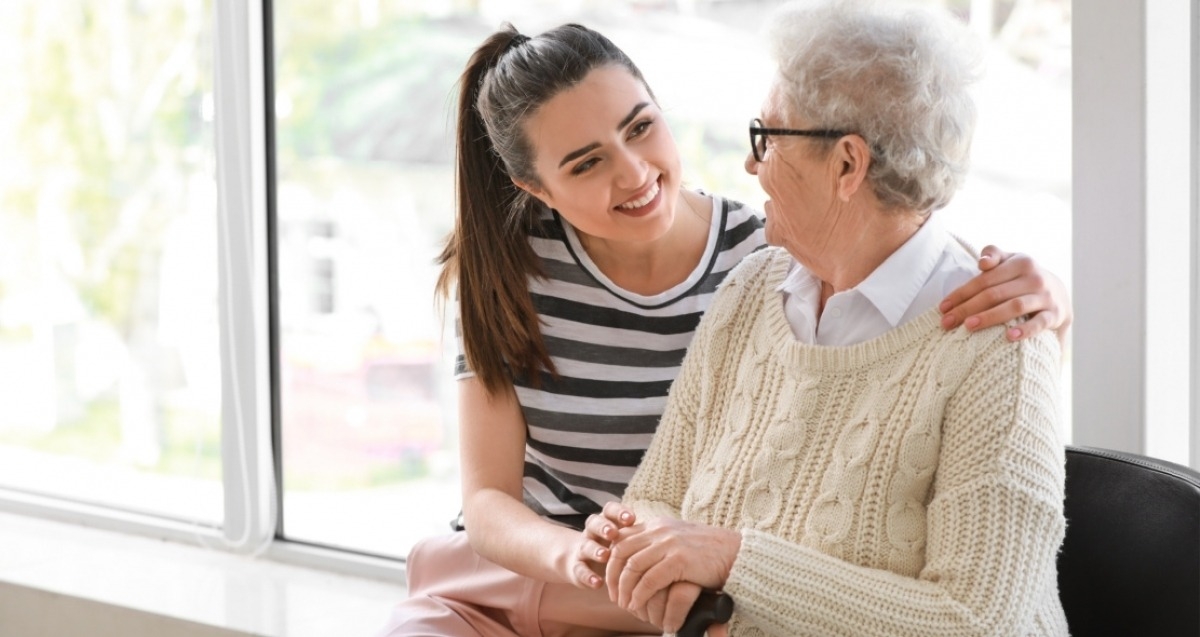Looking for In-Home Care? See All Services
Looking for In-Home Care? See All Services

Learn more about mild cognitive impairment (MCI) and dementia with our DementiaWise expert Heather McKay.
Knowing some key facts and useful caregiver techniques can help minimize the stress of the situation. You’ll also learn some of the science behind MCI, typical pitfalls to avoid and new skills to consider to help build confidence in caring for your loved one. As a result, you’ll create more meaningful days together.
To learn more, please sign up to receive an email with links to the full length video.


Each office is independently owned and operated
and is an equal opportunity employer.
© 2025 ComForCare Franchise Systems, LLC.
Contact Us
800-886-4044